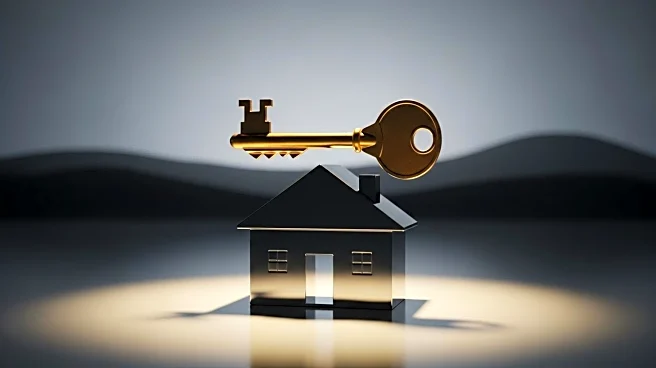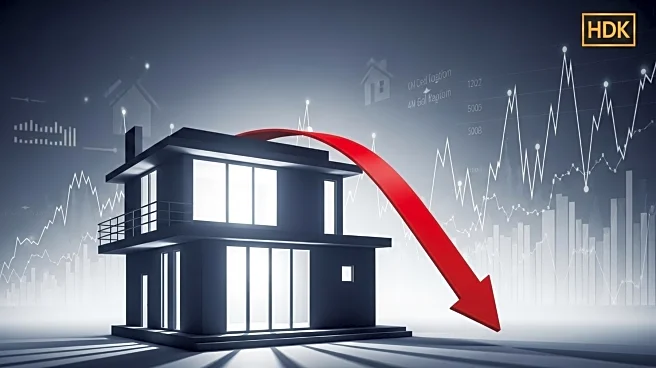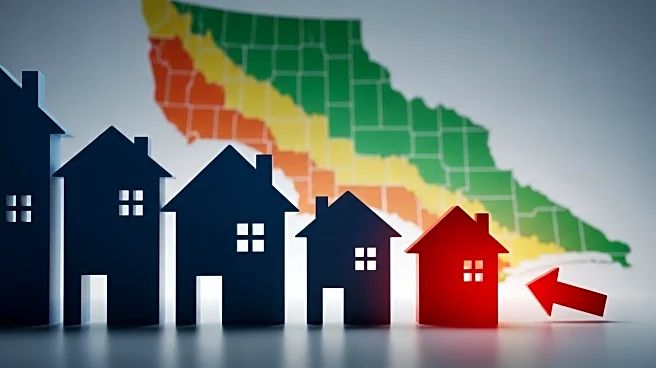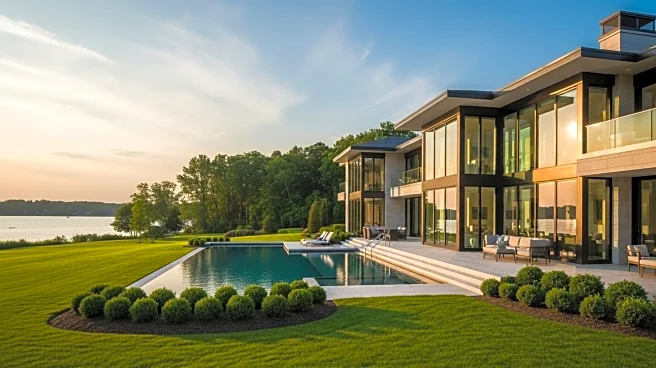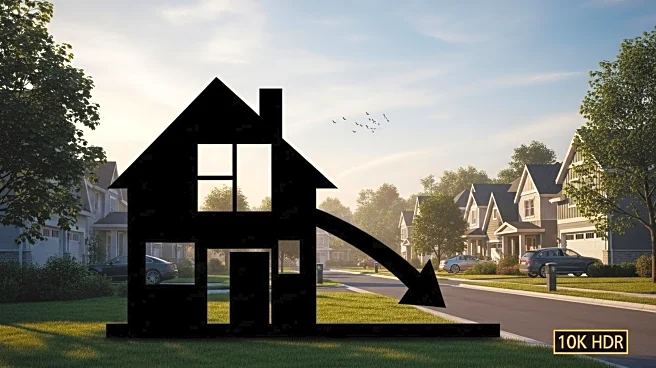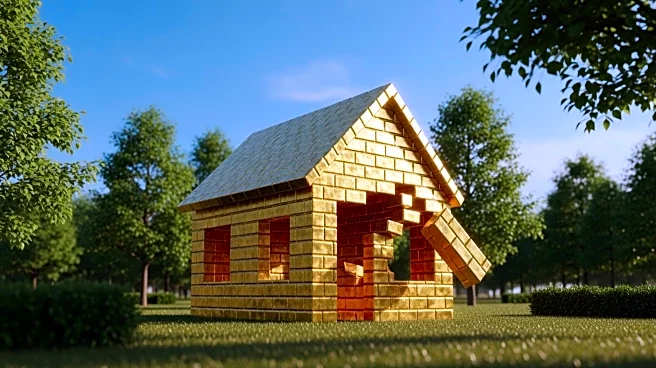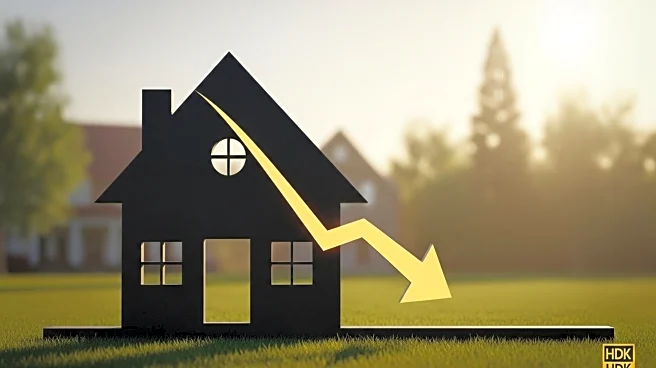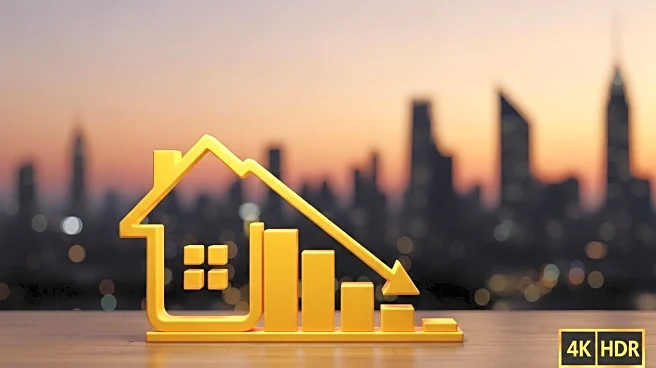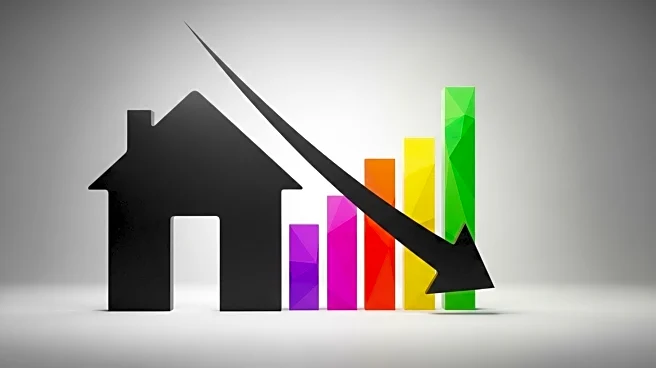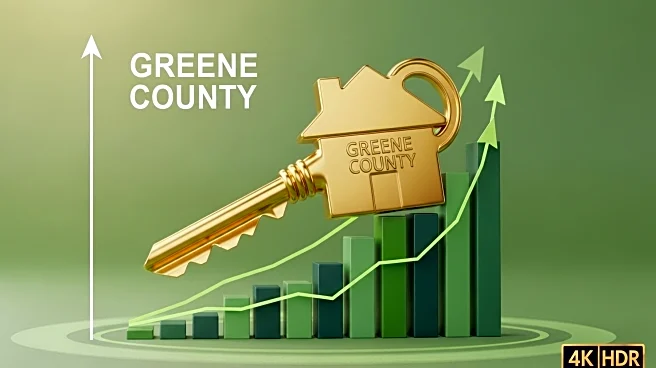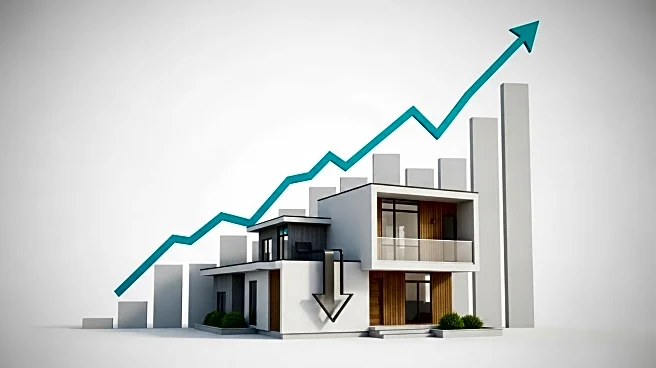What is the story about?
What's Happening?
Recent data from Realtor.com indicates that home prices in Ashland County, Ohio, have increased, with the median home selling for $206,000 in June, up 1.7% from May's median of $202,500. This represents a 4.6% increase from June 2024's median of $197,000. The report highlights a significant rise in the sales price of condominiums and townhomes, which jumped 58.2% from May to a median of $295,750 in June. Compared to June 2024, this marks a 65.7% increase. The number of recorded home sales in the county also rose slightly by 1.4% from 70 to 71 sales year-over-year, totaling $19 million in residential sales for June.
Why It's Important?
The rise in home prices in Ashland County reflects broader trends in the real estate market, potentially affecting affordability and accessibility for local buyers. The significant increase in condominium and townhome prices suggests a shift in demand or supply dynamics, which could influence future development and investment in the area. For sellers, the rising prices may present an opportunity to capitalize on their investments, while buyers may face increased financial pressure. This trend could also impact local economic conditions, influencing property taxes and community funding.
What's Next?
As home prices continue to rise, potential buyers may need to adjust their expectations or seek alternative financing options. Real estate developers might respond by increasing the supply of housing to meet demand, potentially stabilizing prices. Local policymakers could consider measures to ensure housing remains affordable for residents. The ongoing trends will likely be monitored closely by stakeholders, including real estate agents, investors, and community leaders, to assess the long-term implications for the local housing market.
Beyond the Headlines
The increase in home prices may have broader social implications, such as altering the demographic composition of Ashland County if affordability becomes a barrier for certain groups. Additionally, the rise in property values could lead to gentrification, impacting long-standing communities. These changes might necessitate discussions around sustainable development and equitable housing policies to ensure diverse and inclusive growth.
AI Generated Content
Do you find this article useful?
